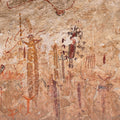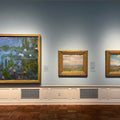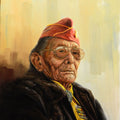The art museum of the future has arrived - in Tucson
By Medicine Man Gallery on

Tucson Museum of Art Kasser Family wing of Latin American Art Exterior, Photo by Tim Fuller
The art museum of the future is already here.
You can find it in Tucson, Arizona.
Years before the summer of 2020 when it became painfully obvious to museums that they must diversify their collections and programming, discard their century-old obsession with white, male artists and open their spaces for work better suited to reflect their communities, the Tucson Museum of Art was planning for its first expansion since 1975. An expansion that would continue bringing the institution’s Latin American art to the forefront.
While museums around the nation were wondering how to respond to flare-ups of racial turmoil, the TMA was opening its 6,000-square-foot Kasser Family Wing of Latin American Art, highlighting the institution’s exceptional collection of art of the Ancient Americas, Colonial art and Modern and Contemporary Latin American art.
The Kasser Family Wing reinforces TMA’s commitment to art of Latin America and its relationship to the American Southwest, a focus of the museum since its early collecting in the 1950s. Curated by Dr. Kristopher Driggers, Bernard and Jeanette Schmidt Curator of Latin American Art, the wing offers a new perspective on art produced by peoples and cultures of the continent from ancient civilizations to today.
In a city where over 36% of the population claims some Hispanic ethnicity, that emphasis would seem obvious. Sadly, it’s not. The art world, its museums especially, has been as resistant to evolution as any other sector in America.
TMA sets a shining example for how an art museum can continue to be an essential community resource amid an era of dwindling attendance where most people discover art on Instagram.
“It's not about erasing history by any means, it's about creating this new dialogue where we're honoring and representing everyone across the board and there's equity and that you know everybody sort of has a seat at the table,” Jeremy Mikolajczak, TMA’s Jon and Linda Ender Director and CEO, told Mark Sublette on a recent episode of Sublette’s “Art Dealer Diaries” podcast. “In a community that's 40% Latino, we want to make sure that when people come into this museum they can identify and they can see themselves reflected.”
The next time you visit your local art museum, look at the faces. The faces in the paintings and sculptures. How many Black faces do you see? How many brown faces?
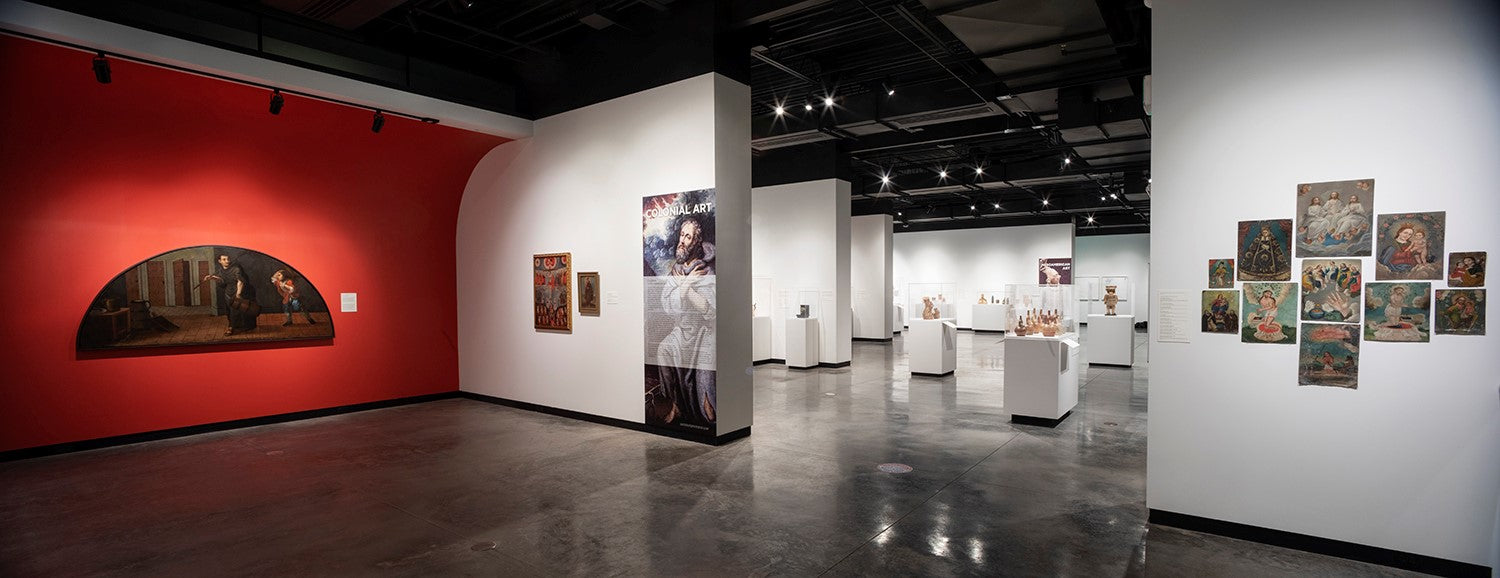
Tucson Museum of Art Kasser Family wing of Latin American Art Interior, Photo by Tim Fuller
Look at the wall labels? How many Black or brown or female artists do you see?
With rare exception, you won’t find many.
“One of the exercises we're going through right now as an institution is, we're redefining our collections plan. We've got a task force that includes some great members of our collections committee, but also, for the first time, we've been fortunate to bring on some Indigenous artists and leaders and that will help shape the future where the museum goes and that collection process,” Mikolajczak told Sublette. “The challenges that you're seeing across the country with institutions is they have moved away from their communities, they've moved away from the people that they serve. We want to make sure we're having a lot of community dialogues of, ‘where does the museum go in terms of collecting?’”
Mikolajczak envisions the museum-going in the direction of a tightened focus. He anticipates TMA becoming, “less encyclopedic and more about this region,” with art of the American West a major part of that conversation.
“We're looking at the future, looking at not just Ancient Americas or the big contemporary artists, but the local artists who are here, the collections that are here, and how they all relate to this telling of the story of what does it really mean to be in the Southwest or how does that relate to Latin America – it really is a new day for us in that sense,” he said.
The Kasser Family Wing of Latin American Art casts a new light on the genre, not only figuratively, but literally, thanks to the expansion’s design.
“It's really great to see these works in natural light,” Mikolajczak said. “When you go to many major museums and you're looking at their ancient collections, they're always in these dark, dungeon spaces and you really need light to see them, to see the quality of work and to really look at it from just an artistic perspective – it's really amazing – I think it brings a whole new look and understanding to a lot of these works.”
TMA’s efforts in telling a richer story of its region are not restricted to the Kasser Family Wing. It has begun a major reinstallation of its indigenous collection which is expected to take three years.
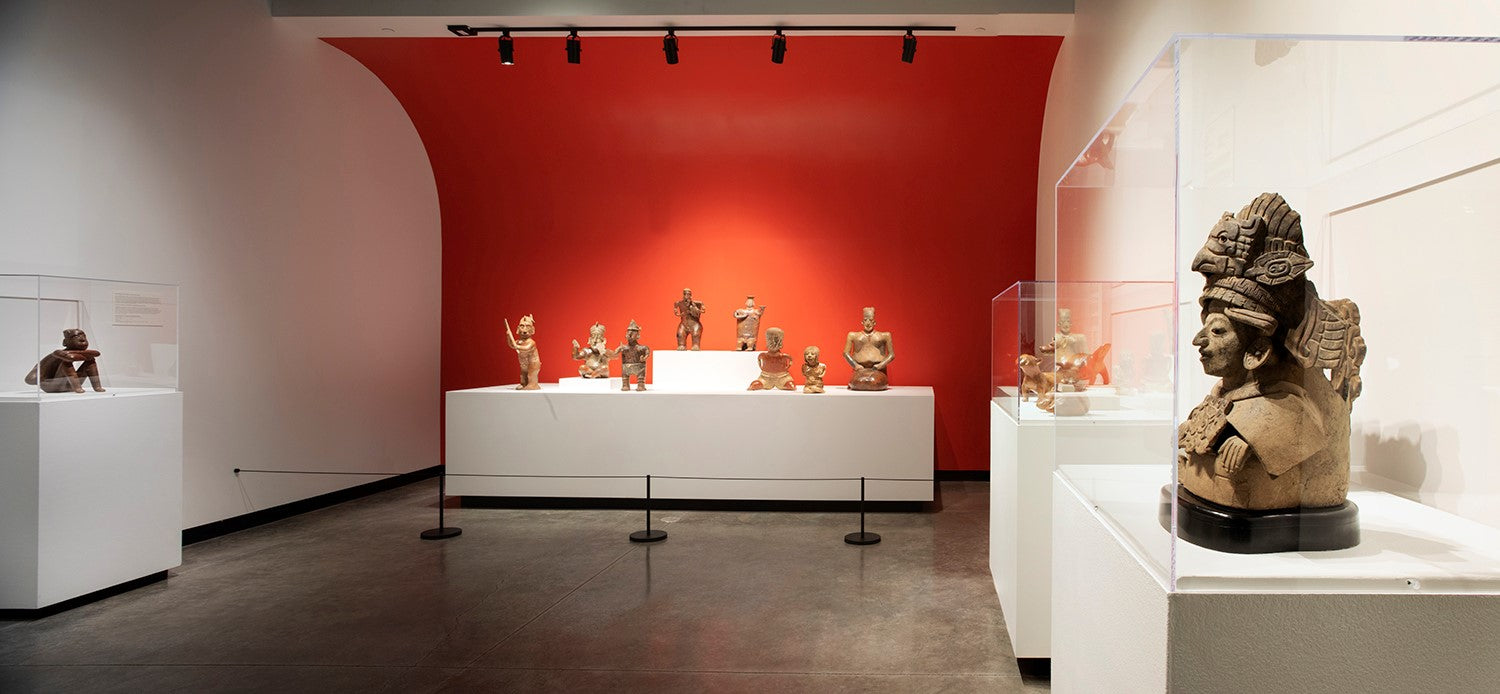
Tucson Museum of Art Kasser Family wing of Latin American Art Scuplture Bay, Photo by Tim Fuller
TMA, as you’d expect, has a progressive spin on how its handling this effort.
“The philosophy behind it is a community-curated exhibition and so we're really working heavily with our indigenous populations here in southern Arizona, and to the north of course, really making sure that they have a voice and a say in what goes out on view how we're interpreting those collections,” Mikolajczak told Sublette. “Also, too, making sure that we've got this cross-representation of not just indigenous cultures here, on the side of the United States, but we're also looking to the south as well, making sure we have representation of those indigenous populations.”
This emphasis strikes at one of the most pressing conversations not only in Arizona, but nationally, and that is the conversation around human migration, borders, border walls and sovereignty.
“For us at the institution, we don't see the borders, we're a borderless institution because it's about culture, it's about art, it's about all of this other aspect than necessarily just looking at a border which is fairly a new construct in relationships to 3000 years (of Latin American art), so, it's really a unique take for us,” Mikolajczak said.
In the near future, TMA will also begin putting additional emphasis on its folk art collection having recently received a major private folk art collection focused heavily on Peru.
